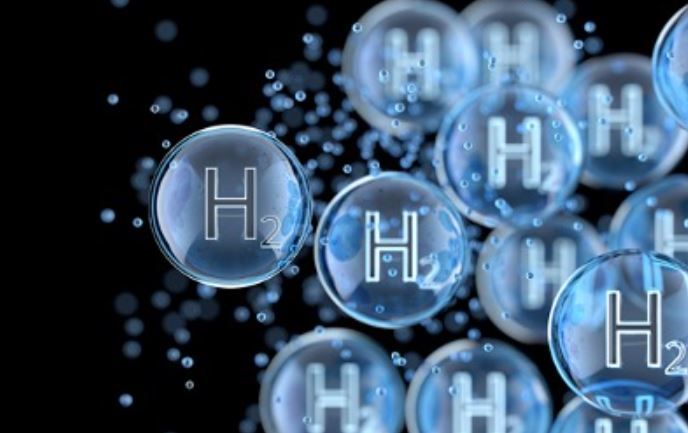Hydrogen, an increasingly pivotal energy carrier, stands at the forefront of global efforts to transition to cleaner and more sustainable energy systems.
Methane pyrolysis emerges as a viable pathway for hydrogen production. This process, when optimized through techniques like the Non-dominated Sorting Genetic Algorithm II (NSGA-II), can navigate the intricate trade-offs between maximizing hydrogen yield and minimizing carbon emissions and energy consumption. The study by Swaprabha P. Patel and colleagues highlights the use of multi-objective optimization (MOO) for enhancing the sustainability of methane pyrolysis. The research optimizes four key objectives: hydrogen production rates, methane conversion efficiency, energy-specific intensity (ESI), and carbon tax implications. Among the notable findings, Case 3 achieves the highest hydrogen production at 9549.9 kg per hour, while Case 2 manages to lower the carbon tax to $184.43 × 10^4 per year.
The optimization exercise involves the use of a waste heat recovery system, enhancing energy efficiency. The methane pyrolysis section of the process is meticulously designed to recycle and reuse methane, reducing loss and promoting sustainable resource use. Energy consumption, global warming potential, and carbon dioxide emissions are meticulously evaluated for each scenario. For instance, achieving a conversion efficiency of 90.2% in Case 1 demonstrates the potential for significantly reduced emissions when leveraging high-efficiency systems.
Stay updated on the latest in energy! Follow us on LinkedIn, Facebook, and X for real-time news and insights. Don’t miss out on exclusive interviews and webinars—subscribe to our YouTube channel today! Join our community and be part of the conversation shaping the future of energy.





